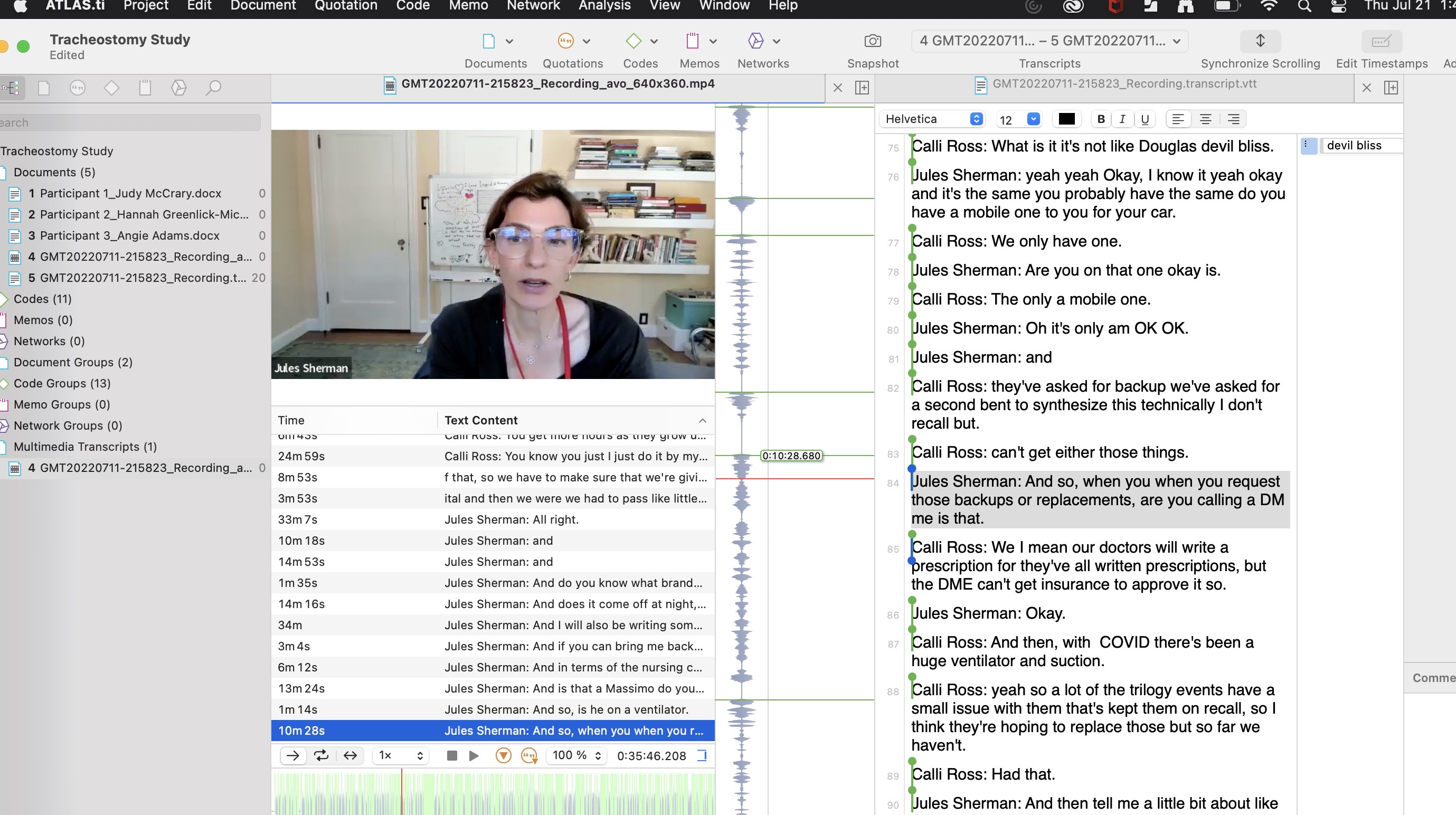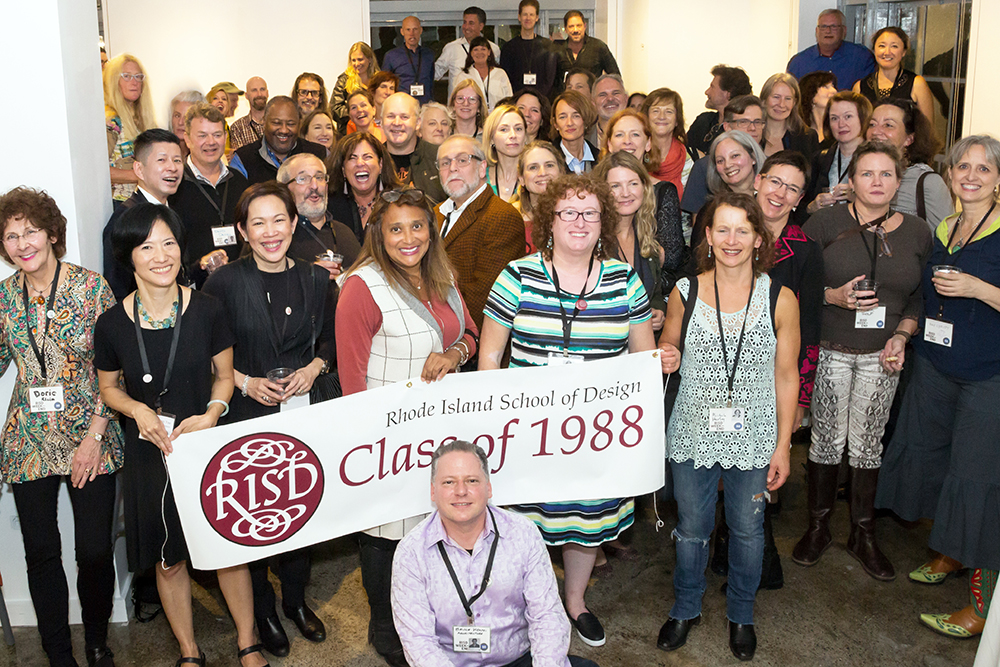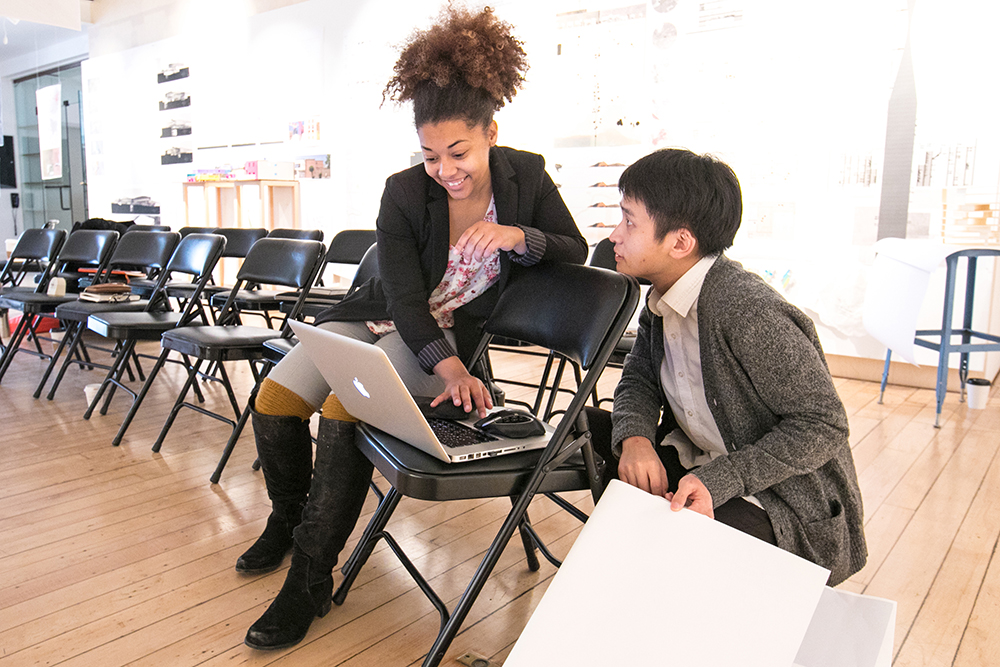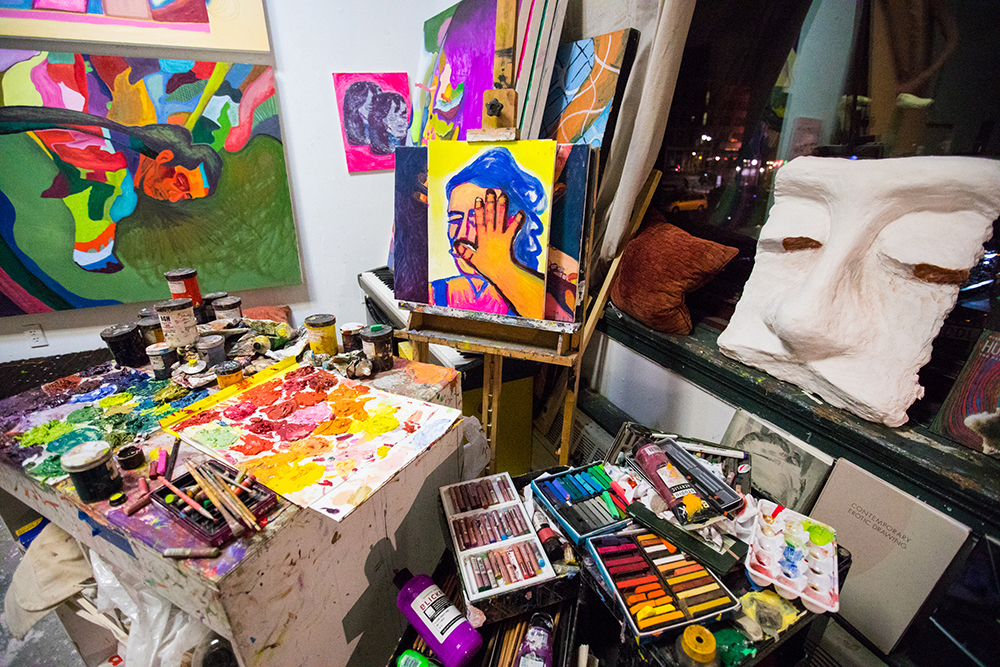
An update from Jules Sherman 94 ID
Jules Sherman 94 ID is the director of the Biodesign Program at Children's National Hospital. In this role, Sherman teaches design methodology to clinicians and co-creates novel medical products in collaboration with doctors and nurses at CNH with the intent to commercialize the inventions. Sherman also teaches classes and lectures at the University of Maryland Fischell Bioengineering Department, Georgetown University and Johns Hopkins University. Prior to working at CNH full-time, she designed and co-taught original curricula with Stanford Children's Hospital physicians focused on healthcare design at The Hasso Plattner Institute of Design at Stanford University. She was also fortunate to work as a product designer for The Safety Learning Lab for Neonatal and Maternal Care at Stanford Medicine for several years. Under Maternal Life, LLC, she co-invented and developed products that improve healthcare outcomes for women and children. Her product Primo-Lacto: A closed system for colostrum collection, was acquired by Lansinoh in 2018.
Sherman recently completed a product called "NOOMA" with colleagues from Stanford Medicine. NOOMA helps facilitate delayed cord clamping for the preterm infant population. Sherman and her colleagues are currently negotiating a licensing deal with an international infant healthcare products company. Sherman is also the co-inventor of "Kangarobe," a patent-pending garment that makes skin-to-skin care in the neonatal ICU safer and easier. Kangarobe is a collaboration with Gold Health, LLC. Sherman is working on a licensing or acquisition agreement for this product as well.
The difficult birth of Sherman's baby, and subsequent health problems that followed, led her down the path of healthcare design for maternal and pediatric care. Prior to healthcare products she designed housewares, costume jewelry and kitchen products for large brands like Costco, Limited Brands and Restoration Hardware. Sherman looks at design as a form of activism and she is grateful she can use her talents to help others through pediatric medical device design.
To read an article about one of Sherman's recent projects, click here.







